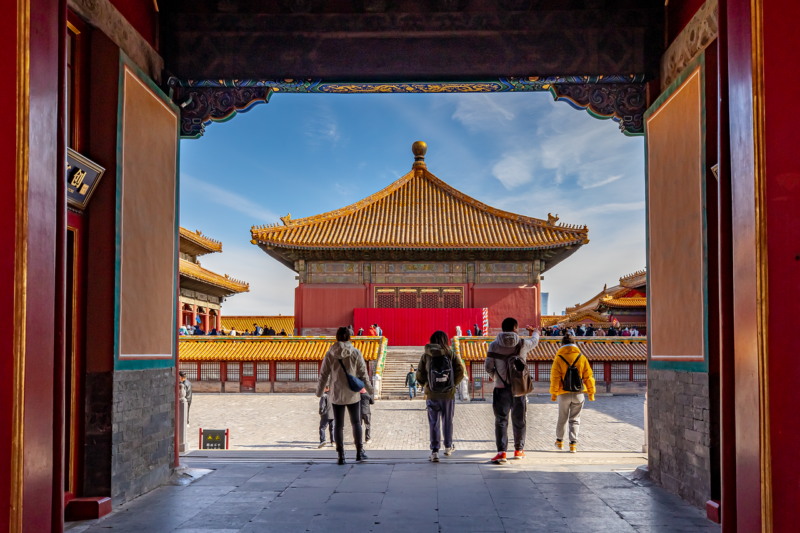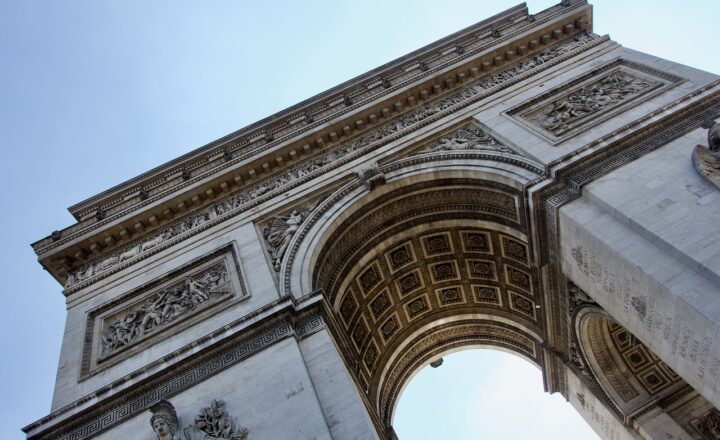Why Ancient Cities Like Petra, Machu Picchu, and Babylon Continue to Captivate and Inspire the World
November 17, 2024

Ancient cities have always held a unique allure for people across the globe. From the dramatic cliffs of Petra to the mystical ruins of Machu Picchu and the legendary gardens of Babylon, these incredible sites serve as windows into our past, steeped in history and culture. This article delves into the reasons why these ancient cities continue to captivate and inspire millions, as well as the lessons we can learn from them.
1. The Architectural Marvels of Ancient Cities
The architectural feats displayed in ancient cities stand as testaments to the ingenuity and skill of their creators. Each site reflects the culture, values, and technological advancements of the civilization that built it.
– Petra (Jordan): Known as the “Rose City” due to the color of its stone, Petra boasts intricate rock-cut architecture. The most famous structure, Al-Khazneh (The Treasury), is a stunning example of Nabataean craftsmanship. This monument illustrates not only their mastery of engineering but also their deep connection with nature, as they carved their city directly within the mountains.
– Machu Picchu (Peru): An iconic symbol of the Incan civilization, Machu Picchu is renowned for its sophisticated dry-stone construction and terraces built into the mountainside. This site is not just an architectural wonder; it showcases the Incas’ ability to harmonize with their environment and make use of the unique topography of the Andes.
– Babylon (Iraq): One of the most famous cities of the ancient world, Babylon was known for its impressive defensive walls and beautiful Ishtar Gate. Although much of the city lies in ruins today, its hanging gardens—considered one of the Seven Wonders of the Ancient World—are a testament to the ingenuity and urban planning of the Babylonians.
The architectural brilliance of these cities does more than just evoke admiration; it inspires modern architects and engineers, reminding us that ingenuity knows no boundaries.
2. Rich Historical Narratives
Each ancient city is a repository of stories that reflect the rise and fall of civilizations. The narratives that surround sites like Petra, Machu Picchu, and Babylon are rich with tradition, culture, and historical significance.
– Petra: Once a thriving trade center for the Nabataeans, Petra’s strategic location allowed it to become a crossroads for caravans bringing spices and silk from the East. Its history as a bustling hub creates a powerful connection for visitors looking to understand the trade routes and interactions between different cultures.
– Machu Picchu: Often regarded as a lost city, the mystery surrounding Machu Picchu has helped fuel its allure. Built in the 15th century, it is a symbol of Incan society’s incredible advancements in agriculture and astronomy. Visitors feel the weight of history as they explore the ruins, bringing the ancient civilization’s stories to life.
– Babylon: As one of the most significant cities of antiquity, Babylon was not only an essential political and cultural center but also the birthplace of many innovations, such as the development of writing. The Epic of Gilgamesh, one of the oldest known stories, was written here, highlighting the city’s literary significance.
The fascinating histories associated with these ancient cities enrich our understanding of human civilization and remind us of the struggles and triumphs faced by those who came before us.
3. Cultural Heritage and Preservation Efforts
The captivating nature of ancient cities like Petra, Machu Picchu, and Babylon has spurred global interest in cultural heritage and preservation efforts.
– A Global Responsibility: As more people visit these historical sites, the importance of conservation increases. Organizations and governments are becoming more aware of the need to protect these treasures, not only for future generations but also to preserve the cultural identities of the communities they represent.
– Sustainable Tourism: A balance must be struck between tourism and preservation. By promoting sustainable practices, such as limiting visitor numbers, educating tourists about respectful behavior, and involving local communities in preservation efforts, we ensure that these ancient cities survive the test of time while still being accessible.
The ongoing preservation of these cities allows for a shared experience between the past and present, inspiring future generations to value and learn from their heritage.
4. Inspirations for Modern Life
The teachings, values, and aesthetics of ancient cities can serve as profound sources of inspiration for contemporary life.
– Sustainable Living: The Inca’s use of terracing and the Nabataeans’ water management systems offer lessons in sustainable living and environmental stewardship. As modern society grapples with climate change and resource depletion, these ancient techniques remind us of the importance of living in harmony with nature.
– Cultural Connections: Engaging with the stories of ancient cities fosters an appreciation for diversity and intercultural dialogue. In our increasingly globalized world, understanding the roots of various cultures invites respect and collaboration.
– Artistic Inspiration: The intricate designs and layouts of these ancient cities can also inspire artists, architects, and designers. By studying their aesthetics, we can incorporate elements that resonate with modern sensibilities while maintaining respect for the past.
As we navigate contemporary challenges, the insights gleaned from these ancient civilizations often provide the guidance and inspiration needed to shape a better future.
5. A Universal Fascination with the Past
There exists a universal fascination with the remnants of ancient cities that transcends borders, cultures, and generations. Exploring the remnants of past civilizations allows us to gain perspective on our own lives and societies.
– Reflection on Humanity: The stories of triumph and tragedy, of creation and destruction, remind us of our shared humanity. The more we explore these ancient sites, the more we recognize the enduring qualities that bind us.
– Journey into the Unknown: Each visit to an ancient city can feel like a journey into the unknown, allowing individuals to escape from the monotonies of everyday life and encounter a sense of wonder that ignites curiosity and imagination.
– Legacy of Learning: Every engagement with ancient cities serves as a reminder that we are all part of an ongoing narrative. Learning from history’s lessons can equip us to create a better tomorrow.
This innate intrigue with ancient cities showcases our desire to connect with something greater than ourselves, a testament to the power of the human story.
Conclusion
The ancient cities of Petra, Machu Picchu, and Babylon continue to captivate and inspire us for many reasons: their architectural marvels, rich historical narratives, cultural heritage, and valuable lessons for modern life.
As we explore these timeless treasures, we are reminded of the interconnectedness of humanity and our shared journey through time. By embracing their legacies, we can foster a deeper understanding of our own existence and inspire future generations to appreciate the incredible stories etched into the fabric of our planet.
First, we must commit to preserving these remarkable sites, ensuring they remain as sources of inspiration for countless generations to come.








